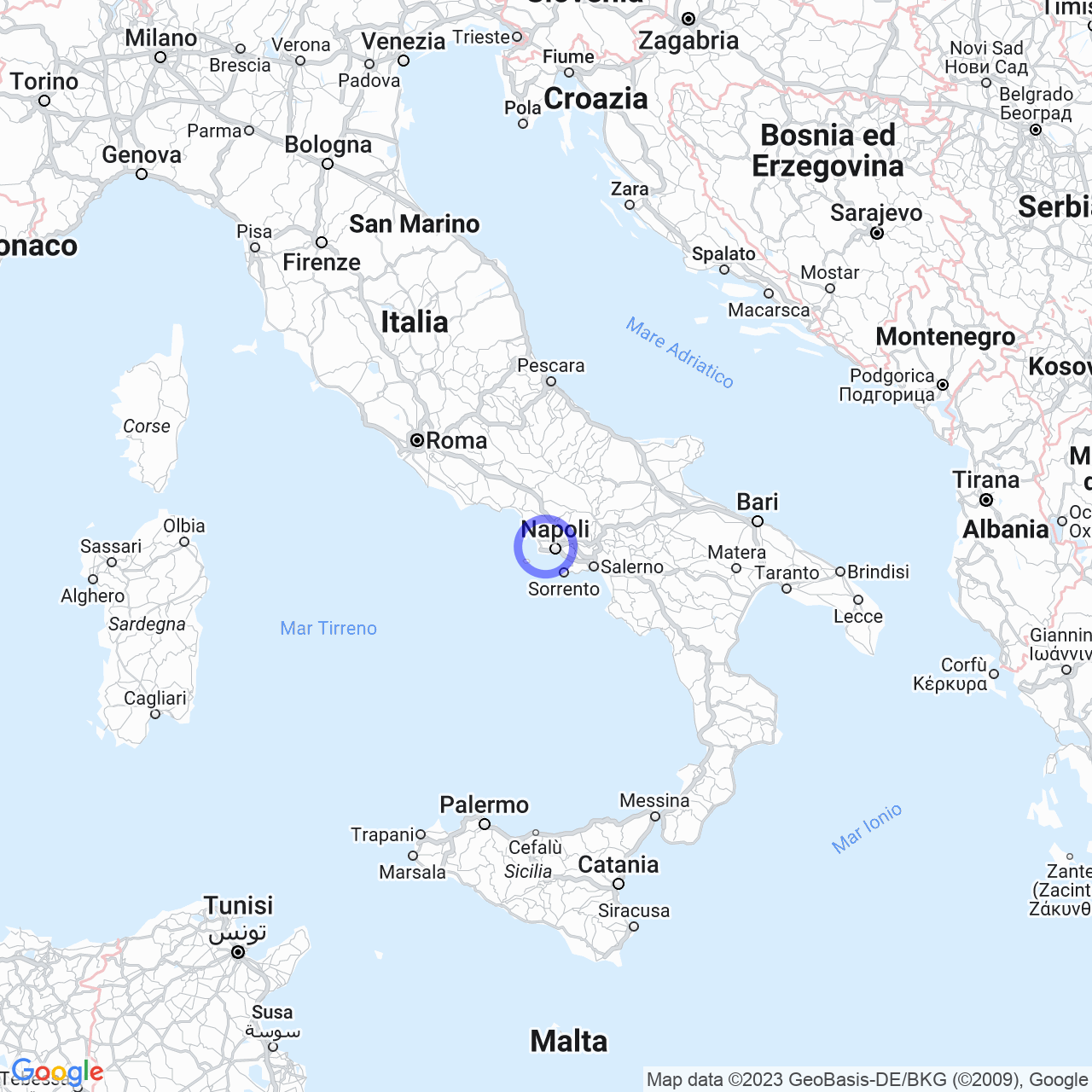Quarto
Quarto, a common ground between history and geology
Have you ever been to Quarto? This town with a population of about 32,000, located in the north-west of Naples in Campania, is one of the most interesting places from a geological point of view in the area, thanks to its position in the Piana di Quarto, an elliptical-shaped subsurface depression surrounded by a hilly belt due to highly explosive volcanic activity.
Physical geography: territory and geology
With an area of about 14 km², the municipal territory of Quarto corresponds, astonishingly, to almost the entirety of the largest extinct crater of the Campi Flegrei. The Piana di Quarto is bordered to the south and east by remains of recent volcanic buildings, to the north and northeast by the remains of the Ancient Caldera that originated following the eruption of the Campanian Ignimbrite, while to the west there are extensive deposits of yellow tuff widely exploited with quarries for the extraction of building materials.
Regarding its geological formation and dating, scholars have differing opinions. According to the scholar Giuseppe De Lorenzo, the origin of the Piana di Quarto dates back to the 3rd Flegreo Period (about 11,000 years ago). Instead, according to the hypothesis of the vulcanologist Alfred Rittmann, the origin of the Piana di Quarto should be traced back to a volcanic-tectonic subsidence of a vast surface of yellow tuff that occurred following a strong explosive activity with the emission of products from the 2nd Flegreo Period (between 36,000 and 11,000 years ago) and a subsequent filling of undifferentiated Quaternary deposits.

The history of volcanic activities in Quarto
Clear traces of past volcanic activities in Quarto can be found in the location "Punta Marmolite" (north-east of the Piana), where a "lava dome" is observable, arose from a small eruption in which the magma solidified just after leaving the eruptive vent. Those of Punta Marmolite are among the oldest rocks of the Campanian Ignimbrite (47,000 years) and have essentially alkalitracitic composition.
Climate
The climate in Quarto is Mediterranean, with mild and rainy winters and hot and dry summers. Unlike the adjacent coastal strip, the territory of Quarto is characterized by a higher rate of humidity.
Origin of the name
The name "Quarto" is derived from the Latin ''quartus'', which identifies an undefined distance, perhaps "fourth mile", because Quarto is just at the fourth mile of the road called Campana, as indicated by the civic coat of arms.
Conclusions
Quarto is a very suggestive place not only from a geological point of view, but also historical and cultural: in fact, Quarto is home to the Napoli Campi Flegrei railway station, one of the oldest and most important facilities in the country and an interesting tourist destination thanks to the proximity between history, art and nature. So why not go and visit it?
